It has been 25 years since RPG fans first got their hands on Tetsuya Takahashi’s first Xeno project, Xenogears. While newer Xeno entries feel more advanced, fun, and complete than Xenogears, the original has a magnificent style all its own. It remains a fan favorite in the long-running franchise for (fairly) good reason.
The game was originally proposed as Final Fantasy VII by Takahashi and his wife, Kaori Tanaka. This DNA is noticeable throughout the game: Xenogears is similar to FFVII (or, perhaps, the other way around) in style and gameplay; even “Limit Breaks” exist in some capacity through the game’s Action Point (AP) system. Xenogears eventually became its own project, titled “Project Noah” during development — it is interesting that Xenoblade Chronicles 3 comes full circle back to the name Noah (which is also my name, hello) for its protagonist.
Anyone who has played a Final Fantasy game will find a comforting familiarity in Xenogears‘ gameplay. The game features animated cutscenes, extensive dialogue, an epic score, and a tech-punk, anime-inspired visual style. Its combat is turn-based and features an Active Time Battle (ATB) system. Its battle menu includes options for defense, item use, escape, and magic, titled “Ether” here. Interestingly, Ether powers are labeled differently between party members: main character Fei uses “Chi” while side character Citan uses “Arcane,” and so on. This gives a personalized flair to Ether use, though I admittedly found it inferior to doing physical moves for damage attacks until very late in the game. Furthermore, without the “Ether Doubler” item, which is prohibitively expensive early on and impossible to obtain later when it is useful, Ether becomes practically useless outside of healing and support later on. This is a disappointing reality considering how cool Ether powers look and how much personality they add to the game’s characters.
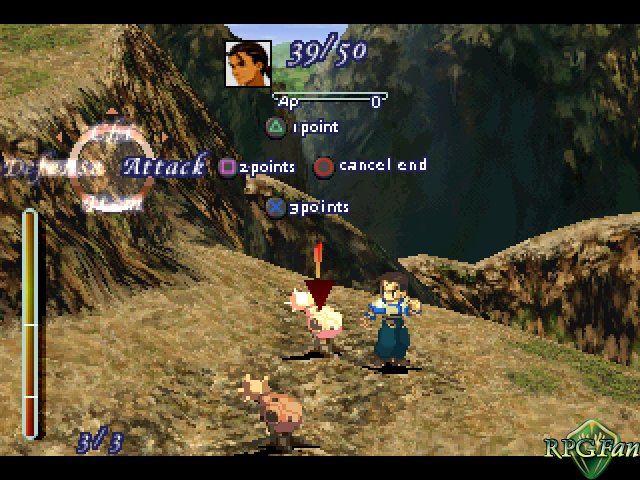
None of this is to say that the game’s combat isn’t compelling. Physical attack moves in the game are dictated by combos that use Action Points (AP). Each character starts with 4 AP, and they can do light, medium, and heavy attacks costing 1-3 AP, respectively. As you execute repeated button-press sequences with the three, your characters gain awesome “Deathblow” combination attacks to execute for bonus damage. As they level up, characters gain additional AP, which can be used in conjunction with Deathblows and wise conservation of AP to gain access to the game’s version of a “Limit Break,” namely the ability to chain Deathblow combos together with leftover AP. You could conserve, say, 4 AP each turn for five turns, then unleash a massive combo worth 20 AP in turn six. Even though it is more complex, I like this system better than FFVII‘s Limit Breaks — there is more room for clutch late-match attacks, and you can use these moves in every match. Rather than dynamic closing moves, Limit Breaks always felt to me like last resorts to hoard for tough encounters (when you aren’t grinding them against puny mobs); they are a disappointing mechanic when you can’t summon them instantly, such as in FFVII Remastered.
Speaking of FFVII Remastered, it is abundantly clear to me after playing Xenogears for over 80 hours that it desperately needs the same treatment. Xenogears is (spoiler alert for this review) an 85-worthy game in its current state, but I would score it much higher if it had buttons for random encounter blocking, 3x speed (or at least instant text speed), and Max AP/instant heal. This is because, while combat has the potential to be fun in Xenogears, it is often an exercise in tedium. Random encounters are dreadfully high; you can rarely walk more than ten steps in this game without a random encounter. Expect to do a lot of walking, too, because the game’s open areas are vast and many require backtracking; the Aveh Desert is an egregious offender here, with an obtuse puzzle reminiscent of Zelda‘s Lost Woods.
What’s worse, though, is that combat encounters are a total crapshoot to escape. Online forums claim that the “Escape” option has a 50% success rate at all times, but I question the validity of that: I tried escaping from early battles upwards of 10 times without success and was only close to (but never above) that 50% when my characters were way over-leveled. They were often over-leveled, too, because the high random encounter rate meant my characters were often far above the necessary level to complete areas. Until 20+ hours into Xenogears, the strategy of repeatedly using the strongest attack combo with every character led to a quick victory over every boss — I rarely even had to heal. While area bosses look awesome and have decent dialogue, I feel the game has no stakes because my characters crush them like 100-foot mechs crushing a taxi cab, even when they are not inside their mechs!
The mechs are rad, though. When you control them in battle, every attack is ten times cooler. It is great fun watching your mech suplex and energy beam giant bugs and super-mechs into vapor. Part of me wishes the gameplay style changed out of the turn-based mode when engaging in mech combat, but I am happy that the game sticks with a familiar formula, and great animations make it worth it. In addition to epic combat action, mechs add a technically impressive scale to the game, especially for the PS1. Soldiers and mobs look minuscule next to towering mechs, airships, and the like. I was surprised to see dozens of little characters on the screen at a time in some in-game cutscenes; while it tanked the framerate, this many moving entities is a rare sight for a game predating the Xbox 360/PS3 era. Fans of mechs and science fiction technology will not be disappointed. In fact, anyone who is a fan of operatic science fiction movies or Neon Genesis Evangelion will feel warmly embraced by the heavy tech-punk mech-punk vibe of Xenogears. And, similarly to NGE, Xenogears‘ long, lofty, sometimes convoluted plot will also feel like home.
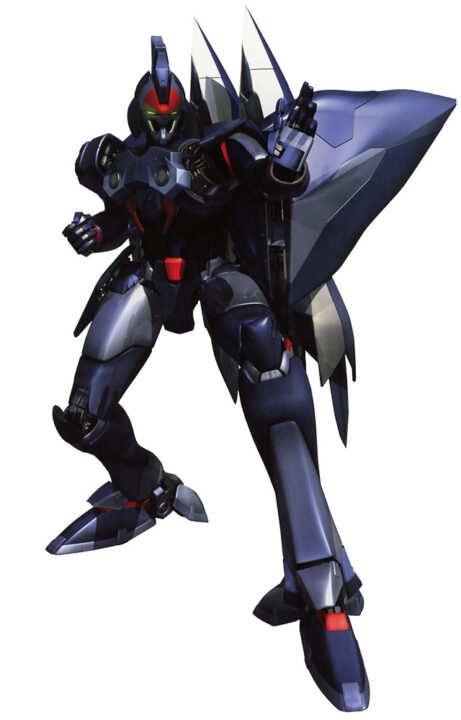
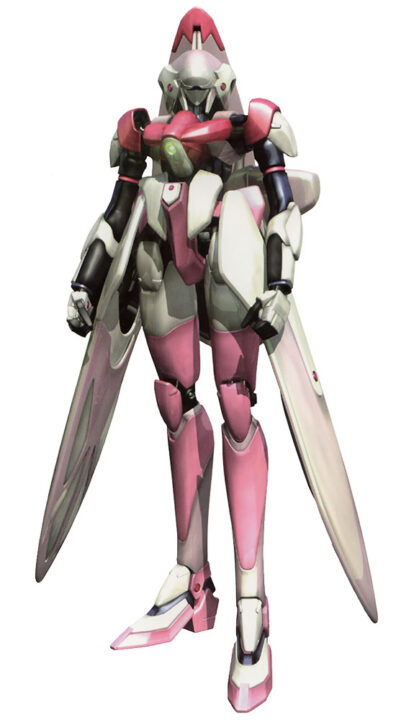
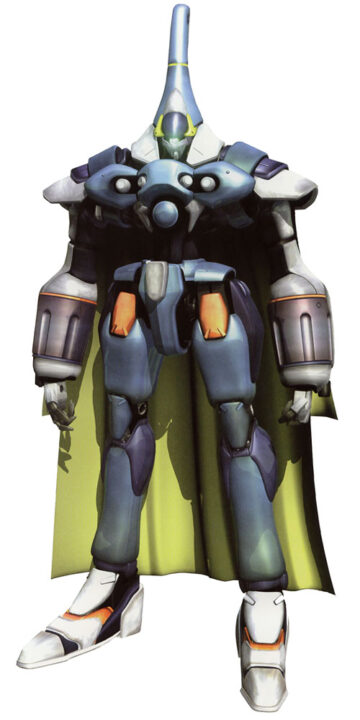
The scope of Xenogears is enormous, yet I was surprisingly entertained throughout. This is thanks to a zany and ambitious story filled with religious allegory, deep characterization, motifs of death, trauma, and resurrection, and an absolutely banger aesthetic. Perhaps I am nostalgic for PS1-era graphics, but I might also be the first to argue that most games of that era, while more visually legible than their progeny, look like technicolor pixel manure. I could see much of Xenogears‘ aesthetic surviving age, however, as it is highly detailed, cinematic, and artistically succinct.
Xenogears is definitely a long game. The most time I can recall spending on a single playthrough of any game pre-2000 is 45 hours (Final Fantasy VII). Xenogears is on a whole different level. Between one full playthrough of mostly the main story, one sixteen-hour recap video of just its pivotal dialogue and cutscenes, and a revisit of the opening few hours, I clocked in just over 100 hours of time spent on this game. Even in spite of the game’s ludicrous physical price these days of $150+ for a complete-in-box copy, that is one mighty bang for your buck.
There is little fluff in Xenogears‘ visual design, though its exposition could have been cut quite a bit — especially some of the game’s more dated dialogue like Citan’s heavy-handed close reading of the Nisan cathedral’s heteronormative one-winged angels, or Billy (a child) admitting he considered becoming a prostitute, among other cringey dialogue:
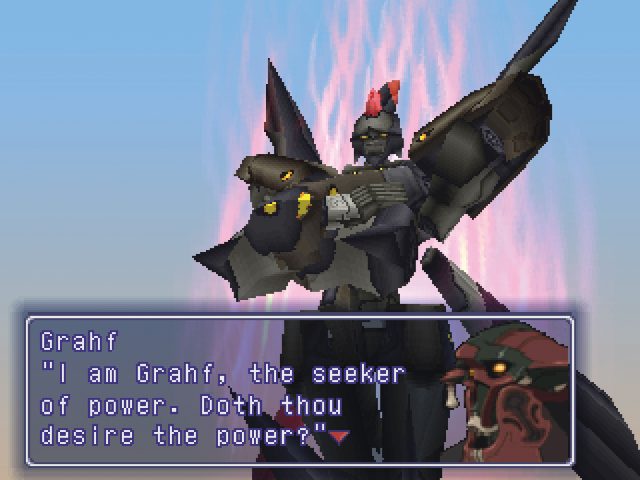
Xenogears is a wrinkled masterpiece that is worthy of an RPG fan’s attention. However, it is dated in many ways. In addition to those I’ve already listed, I find it baffling that it released almost a year after the Dual Analogue controller but lacked analog support — of the 20+ PS1 games I’ve played from the year 1998, it is one of two to do so, and the other game is a puzzle game. It also irks me that there is no text speed option, no way to view Deathblow button combinations, and that the second disc is relegated almost exclusively to dialogue and cutscenes. A remaster or, better yet, a remake would resolve much of this and give players a way to experience Takahashi’s flawed but visionary first symphony of a game. When I reflect on Xenogears in my memory, it is a sprawling, gorgeous epic; the practice of playing it in 2023 feels more like a reminder of how far games, especially Xeno games, have come in 25 years.


